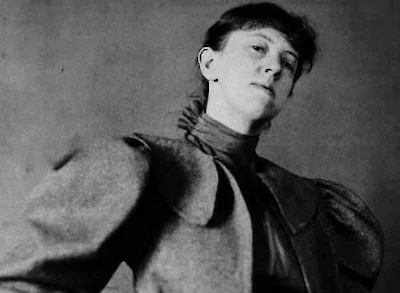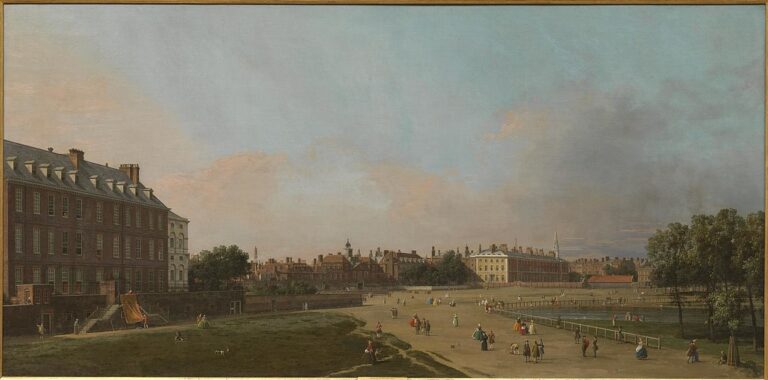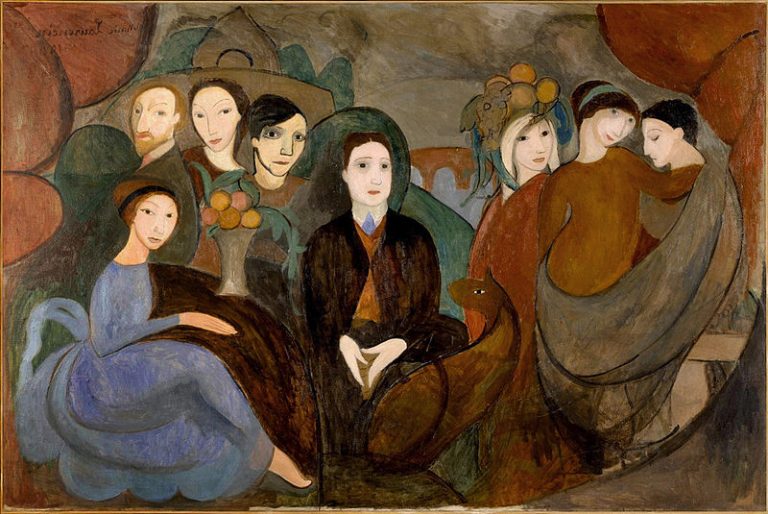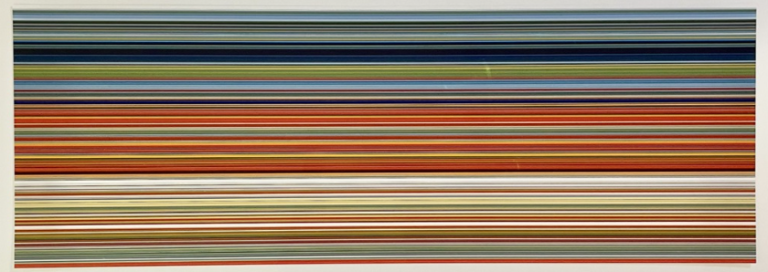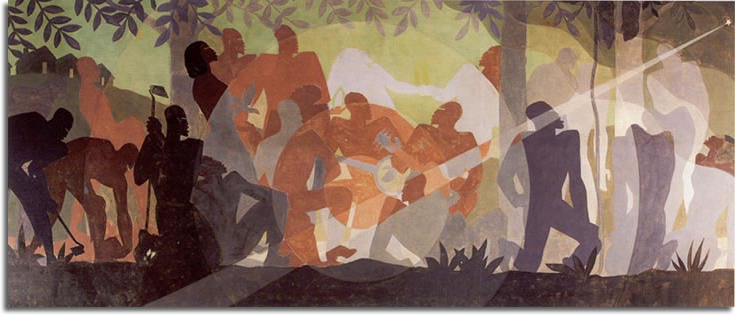Marianne von Werefkin: Pioneering Expressionist Artist of the Early 20th Century
Born: 10 September 1860, Tula, Russian Empire
Death: 6 February 1938, Ascona, Ticino, Switzerland
Art Movement: Expressionism
Nationality: Russian
Influenced By: Edvard Munch, Vincent van Gogh, and Paul Gauguin
Teacher: Ilya Repin
Marianne von Werefkin: Pioneering Expressionist Artist of the Early 20th Century
Biographical Overview
Marianne von Werefkin lived a remarkable life as a Russian-born artist who became a key figure in German Expressionism. Her journey took her from aristocratic roots in Russia to artistic circles in Munich and later Switzerland.
Early Life and Inspiration
Born on September 10, 1860, in Tula, Russian Empire, Marianne von Werefkin grew up in a noble family. Her father’s military career exposed her to different cultures from a young age.
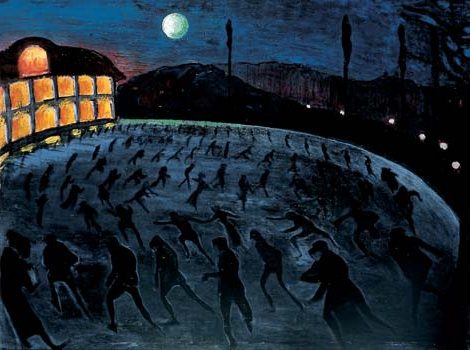
Ice Skaters (I pattinatori) (1911) by James Ensor
She showed artistic talent early on. At 14, Werefkin began studying under Ilya Repin, a famous Russian realist painter. This training laid the foundation for her artistic skills.
A hunting accident in 1888 injured her right hand. Werefkin had to relearn painting with her left hand, showing her dedication to art.
Move to Munich and Artistic Partnerships
In 1896, Werefkin moved to Munich, a hub of European art at the time. She put her own painting on hold for about 10 years to support her partner, Alexej von Jawlensky.
Werefkin hosted a salon in Munich that became a meeting place for artists. She played a key role in forming the Neue Künstlervereinigung München (New Artists’ Association of Munich) in 1909.
Her style shifted towards Expressionism during this time. She started painting again, creating vivid works with bold colors and emotional themes.
Later Years and Legacy
World War I forced Werefkin to leave Germany. She moved to Switzerland in 1914, settling in Ascona near Lago Maggiore.

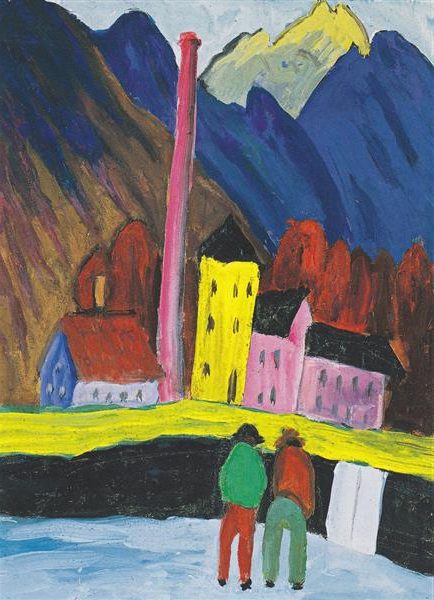
Despite financial struggles, she continued painting and supporting other artists. Her work gained more recognition in her later years.
Werefkin died on February 6, 1938, in Ascona. She left behind a rich body of work that blended Russian and German artistic traditions. Today, she is celebrated as a pioneer of Expressionism and a key figure in early 20th-century art.
Artistic Style and Major Works
Marianne von Werefkin developed a bold Expressionist style marked by vivid colors and emotional intensity. Her work blended Russian and German influences, contributing to key avant-garde movements of the early 20th century.
Development of Expressionist Style
Werefkin’s artistic journey began with Russian Realism. In 1906, she shifted to Expressionism, embracing vibrant hues and simplified forms. Her paintings often featured striking landscapes and introspective portraits.
Werefkin’s use of color became a key aspect of her style. She applied bright yellows, deep blues, and fiery reds to convey mood and energy in her works.
The artist’s 1907 painting “The Storm” showcases her new approach. It depicts a turbulent scene with bold brushstrokes and intense colors, capturing raw emotion.
Influences and Contemporaries
Edvard Munch’s emotive works had a strong impact on Werefkin. She also drew inspiration from Post-Impressionists like Vincent van Gogh and Paul Gauguin.

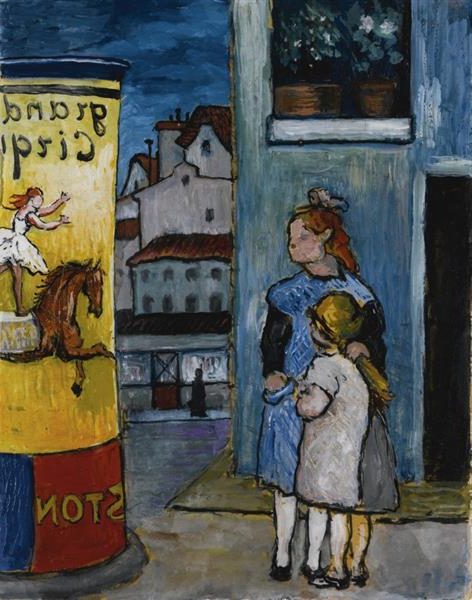
Werefkin worked closely with Wassily Kandinsky and Gabriele Münter. Together, they explored new artistic ideas in Murnau, Germany.
Her time in Munich exposed her to German Expressionism. This movement’s focus on inner feelings rather than outer appearances aligned with Werefkin’s artistic goals.
Notable Contributions to Der Blaue Reiter
Werefkin played a key role in forming Der Blaue Reiter (The Blue Rider) group. This avant-garde collective included artists like Franz Marc and August Macke.
She helped organize exhibitions and shape the group’s artistic vision. Werefkin’s work appeared in Der Blaue Reiter Almanac, a crucial publication for modern art.
Her paintings from this period often depicted city scenes and figures in dreamlike settings. These works blended Expressionist techniques with spiritual themes, a hallmark of Der Blaue Reiter’s approach.
Impact and Influence on Art
Marianne von Werefkin left a lasting mark on the art world. Her unique style and ideas shaped modern art movements and inspired other artists.
Marianne von Werefkin and Women in Art
Von Werefkin broke barriers for women artists. She challenged gender norms in the male-dominated art scene of her time. Her bold use of color and expressive style influenced other female painters.

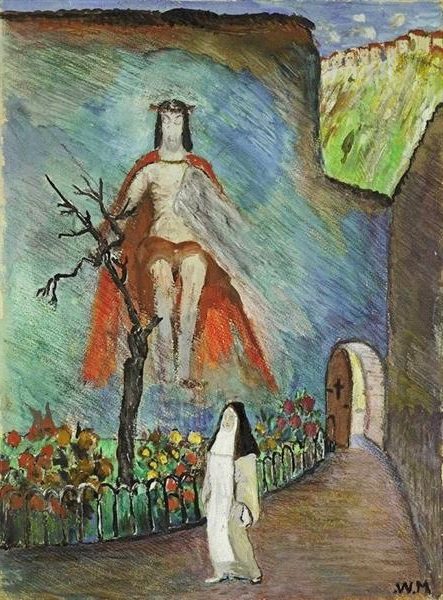
Von Werefkin’s work paved the way for more women to pursue careers in art. She showed that women could create powerful, thought-provoking pieces. Her success inspired future generations of female artists to push boundaries and express themselves freely.
The Intersection of Russian and Western European Art Movements
Von Werefkin bridged Russian and Western European art styles. She combined elements from Russian Realism with German Expressionism. This fusion created a unique artistic voice.
Her work linked late 19th-century Russian art to early 20th-century European movements. She brought Russian themes and techniques to the Western art world. This cross-cultural exchange enriched both Russian and European art scenes.
Von Werefkin’s paintings often featured vivid colors and emotional depth. These qualities reflected both her Russian heritage and her exposure to Western art trends.
Legacy and Recognition in Modern Day
Today, von Werefkin is celebrated as a key figure in Expressionism. Art historians recognize her role in shaping modern art. Her works are displayed in major museums worldwide.
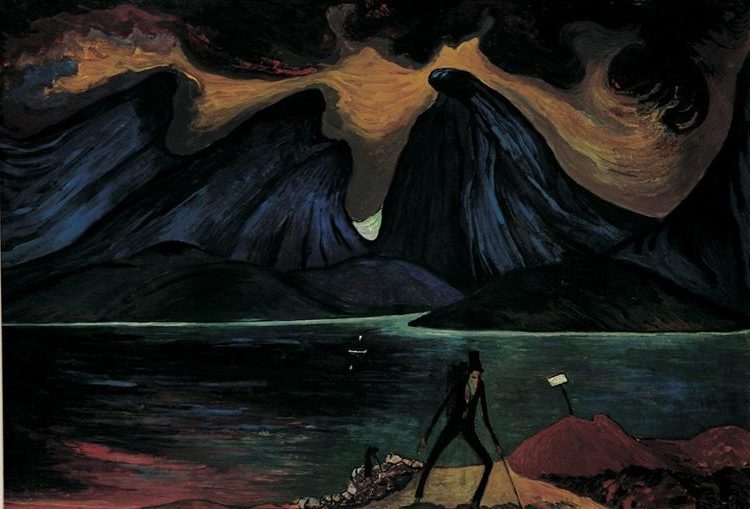
Le Chiffonnier (1917) by Marianne von Werefkin
Von Werefkin’s paintings continue to inspire contemporary artists. Her bold use of color and emotional themes resonate with modern viewers. Art schools study her techniques and ideas.
Recent exhibitions have brought renewed attention to von Werefkin’s work. This has led to a greater appreciation of her contributions to art history. Her legacy as an innovator and trailblazer in modern art remains strong.
Frequently Asked Questions
Marianne von Werefkin was a key figure in German Expressionism. Her unique style and contributions shaped modern art in important ways.
What is Marianne von Werefkin known for in the art world?
Marianne von Werefkin was known for her vivid Expressionist paintings. She used bold colors and strong brushstrokes to create striking scenes.
Her work often featured landscapes and figures with an emotional quality. Von Werefkin helped start the Blue Rider group, an important art movement in Germany.
How did Marianne von Werefkin contribute to the German Expressionist movement?
Von Werefkin played a big role in German Expressionism. She hosted art gatherings at her home that sparked new ideas.
Her paintings pushed the boundaries of color and form. This inspired other artists to be more daring in their work.
Can you describe the influence of Marianne von Werefkin’s Self-portrait on modern art?
Von Werefkin’s Self-portrait from 1910 was groundbreaking. It showed her face in bright, unnatural colors against a dark background.
This bold style influenced other artists to paint more freely. It helped pave the way for more abstract art styles.
What are some characteristics of Marianne von Werefkin’s painting style?
Von Werefkin used intense colors in her paintings. She often chose blues, reds, and yellows.
Her brushstrokes were visible and expressive. She painted simplified forms and shapes rather than realistic details.
In what ways did Marianne von Werefkin’s art change over her career?
Von Werefkin’s early work was more traditional. She painted realistic portraits and landscapes.
Later, she moved towards a more expressive style. Her colors became brighter and her forms more abstract over time.
How did Marianne von Werefkin balance her personal life with her professional art career?
Von Werefkin put her own art on hold for many years. She focused on supporting her partner, Alexej von Jawlensky, in his career.
Later in life, she returned to painting. She created most of her famous works after the age of 50.


